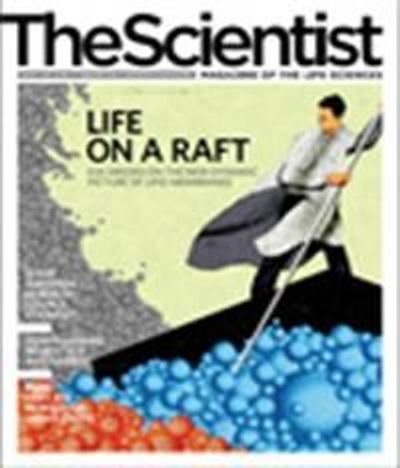Reviving hearts

The paper:
M. Laflamme et al., “Cardiomyocytes derived from human embryonic stem cells in pro-survival factors enhance function of infarcted rat hearts,” Nat Biotech, 25:993–94, 2007. (Cited in 140 papers)
The finding:
Charles Murry and his colleagues at the University of Washington demonstrated that cardiomyocytes derived from human embryonic stem cells (hESCs) can help repair an infarcted rat heart. Murry’s team developed a novel protocol to guide all the hESCs to differentiate into cardiomyocytes, then exposed the cells to a prosurvival cocktail (PSC). “Our method worked 50-fold better than previous efforts at forming cardiac muscle,” says Murry. Ten percent of these cardiomyocytes survived, where none had survived in previous experiments.
The impact:
“This is the first study to demonstrate improved function following an infarct,” Dan Rodgers, a molecular biologist at the University of California, Berkeley, writes in an email.
The details:...
The future:
The team recently started working on strengthening the approaches they’ve established with the PSC technique, such as creating better hydrogel agents to support cell survival.
| The PSC: | |
| 1. Increased function of a Bcl-XL to block cell death. | |
| 2. Administered the immunosuppressant drug cyclosporine A. | |
| 3. Enhanced insulin-like growth factor 1 (IGF-1) activity to activate Akt pathways, thus inhibiting apoptotic processes. | |
| 4. Included the drug pinacidil to open ATP-dependent K+ channels, protecting tissues from ischemia. | |
Interested in reading more?
